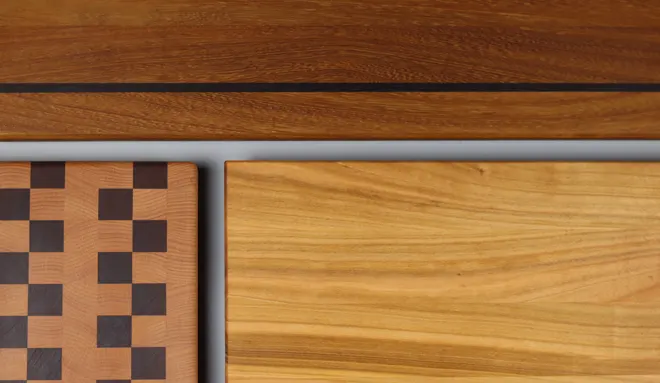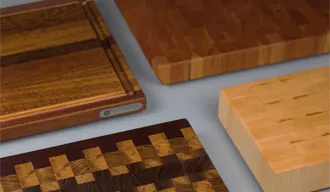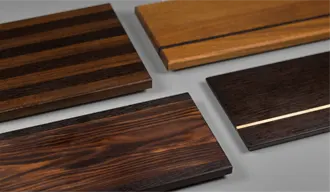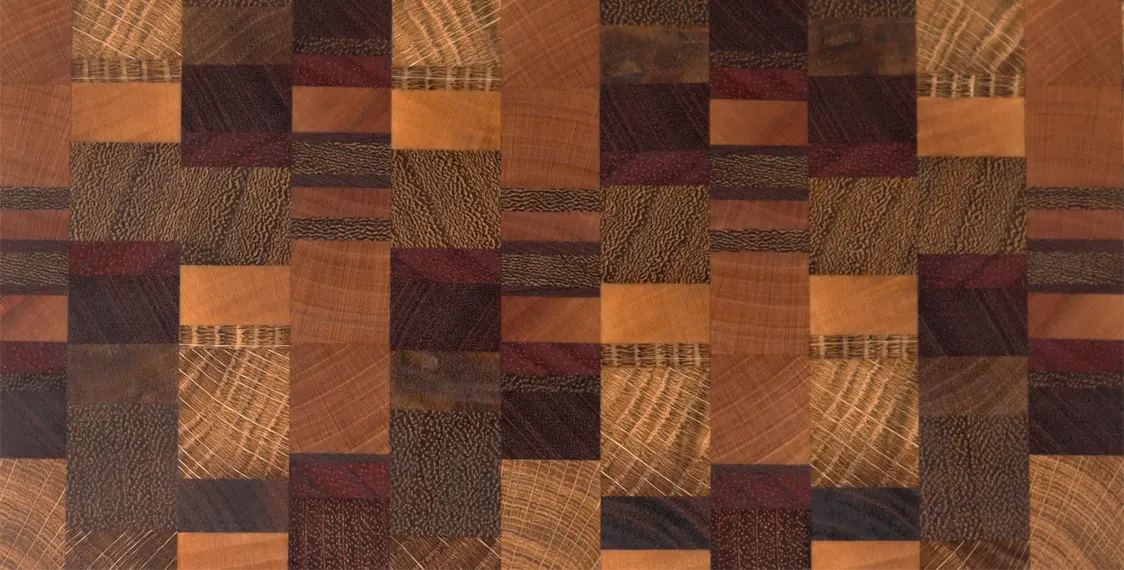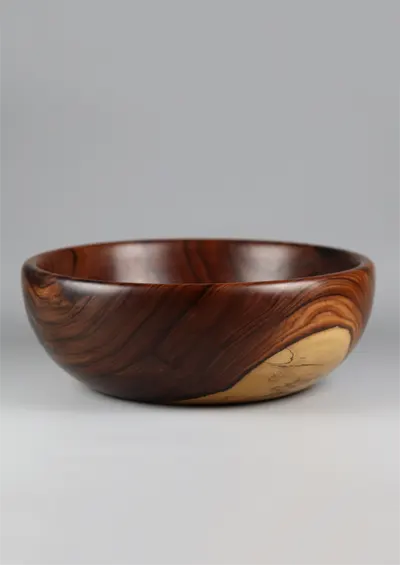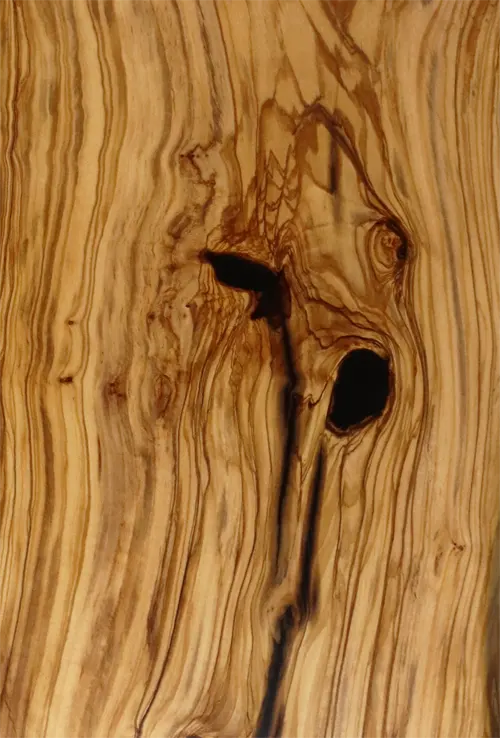Cedar Wood: Uses and Characteristics
Cedar wood is recognized worldwide for its durability and distinctive aroma. Since ancient times, it has been valued in carpentry and construction for its unique properties.
In this article, we’ll explore the technical characteristics of cedar wood and its many applications.
What is Cedar Wood?
Cedar wood comes from various species of the Cedrus genus, such as the Lebanon cedar (Cedrus libani), the Himalayan cedar (Cedrus deodara) and the western red cedar (Thuja plicata).
It is a light wood, with shades that vary between pink and reddish brown, with a uniform texture and a characteristic aroma.
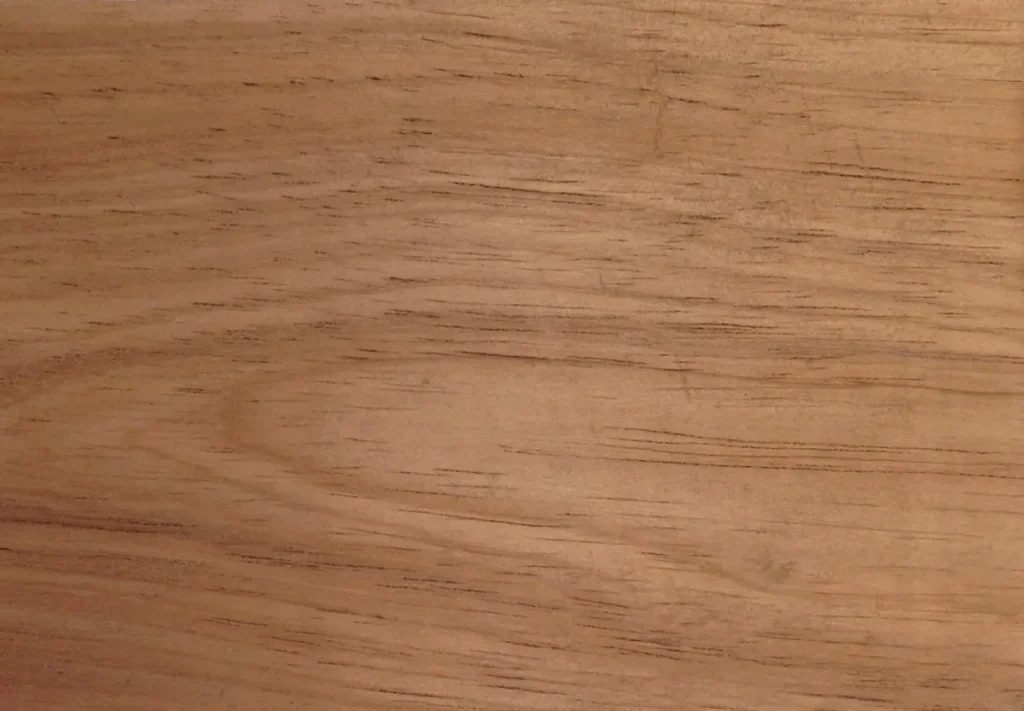
Its natural resistance to moisture and insects makes it ideal for both indoor and outdoor applications.
Main Characteristics of Cedar Wood
Cedar wood is widely recognized for its combination of natural beauty, durability, and ease of work. These qualities make it a preferred choice for both interior and exterior applications. Its main characteristics are detailed below:
Color and Appearance
Cedar ranges in color from light pink to reddish brown, with attractive grain and a uniform texture.
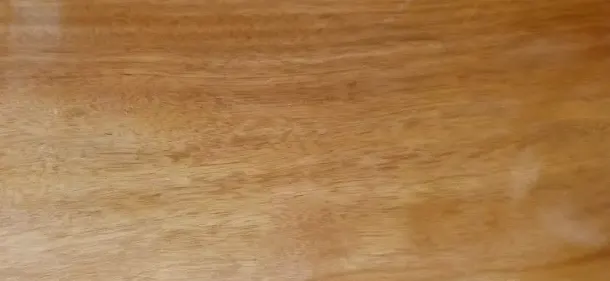
Characteristic Aroma
One of cedar’s distinctive qualities is its pleasant, lingering aroma, a result of the natural oils present in the wood. This scent is not only appreciated for its fragrance but also acts as a natural insect repellent.
Durability and Resistance
Cedar is known for its high resistance to moisture, decay, and insect attacks, thanks to its natural oils. This durability makes it ideal for outdoor applications such as siding, fencing, and garden furniture.
Dimensional Stability
With low shrinkage and expansion under changes in humidity and temperature, cedar maintains its shape and dimensions, making it suitable for applications where stability is crucial.
Ease of Work
Cedar is a soft, lightweight wood, making it easy to cut, sand, and finish. Its workability makes it a popular choice among carpenters and craftsmen.
Acoustic Properties
Thanks to its cellular structure, cedar has excellent acoustic properties and is used in the manufacture of musical instruments and in applications where sound control is required.
Common Uses of Cedar Wood
The versatility of cedar wood makes it suitable for a variety of applications:
- Interior and exterior carpentry: Doors, windows, moldings and siding.
- Furniture: High quality furniture and cabinets.
- Construction: Lightweight structures and exterior cladding. Used for building houses in certain parts of the world, such as Japan.
- Musical instruments: Soundboards and guitars. This is one of the most economical options for making quality instruments.
- Crafts: Chests, carvings and decorative objects.
- Other uses: Manufacture of pencils and air fresheners due to its aroma.
Its natural resistance to moisture and insects makes it a preferred choice for outdoor applications and humid environments.
Technical Characteristics of Cedar Wood
The most relevant physical and mechanical properties of cedar wood are detailed below:
| Property | Approximate value |
|---|---|
| Scientific name | Cedrus spp. |
| Density | 480–580 kg/m³ (at 12% humidity) |
| Janka hardness | 1,560 N (approximately) |
| Flexural strength | 750–850 kg/cm² |
| Compressive strength | 400–500 kg/cm² |
| Modulus of elasticity | 80.000–90.000 kg/cm² |
| Radial contraction | 2,5–3,0% |
| Tangential contraction | 4,5–5,5% |
| Dimensional stability | Good |
| Drying process | Fast and uniform |
| Ease of work | Excellent; easy to cut and sand |
| Natural durability | High; resistant to fungi and insects |
Note: Values may vary depending on the specific cedar species and growing conditions.
Frequently Asked Questions about Cedar Wood
What types of cedar are used in carpentry?
The most common species are the Lebanon cedar (Cedrus libani), the Himalayan cedar (Cedrus deodara) and the western red cedar (Thuja plicata), each with specific characteristics.
Is cedar wood suitable for outdoors?
Yes, its natural resistance to moisture and insects makes it ideal for outdoor applications such as cladding and garden furniture.
How do you maintain cedar wood?
It requires minimal maintenance; periodic application of protective oils is recommended to preserve its color and protect it from the elements.
Is cedar wood insect resistant?
Yes, it contains natural oils that act as repellents, offering inherent resistance to pests like termites and moths.
Is cedar wood easy to work with?
Yes, it is a softwood that cuts, sands, and nails easily, making it ideal for woodworking and DIY projects.
What is the characteristic color of cedar wood?
It has shades ranging from light pink to reddish brown, with an attractive grain and a distinctive aroma.
Otras entradas del blog
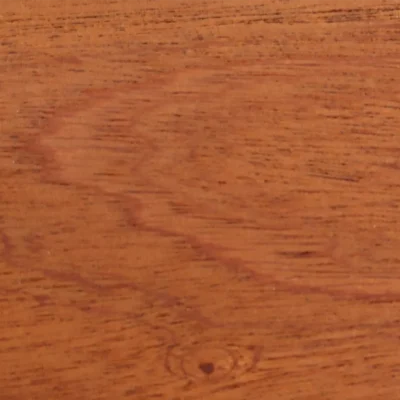
Sapele Wood: Uses and Characteristics

Oak Wood: Uses and Characteristics
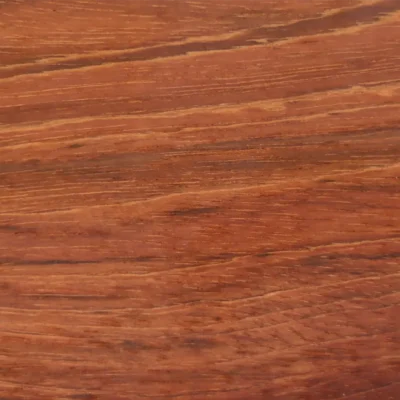
Jatoba Wood: Uses and Characteristics

Restaurant serving boards: a complete guide
Nuestras tablas de cortar:
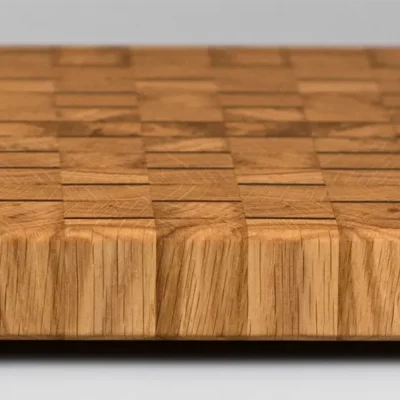
Summer endgrain Cutting Board
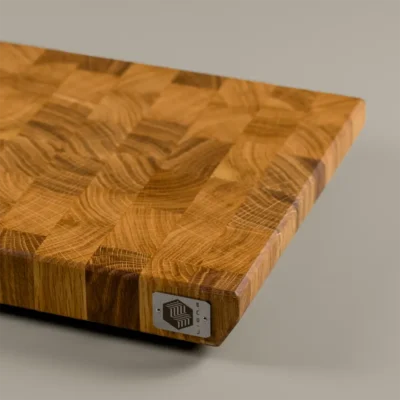
Pura
Oak oak butcher block
Pura
Oakoak butcher block
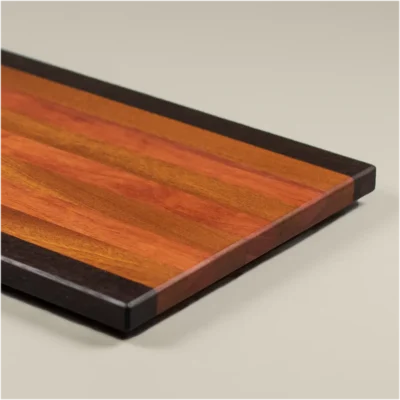
Splendida

Linea
Walnut Walnut cutting board
Linea
WalnutWalnut cutting board
